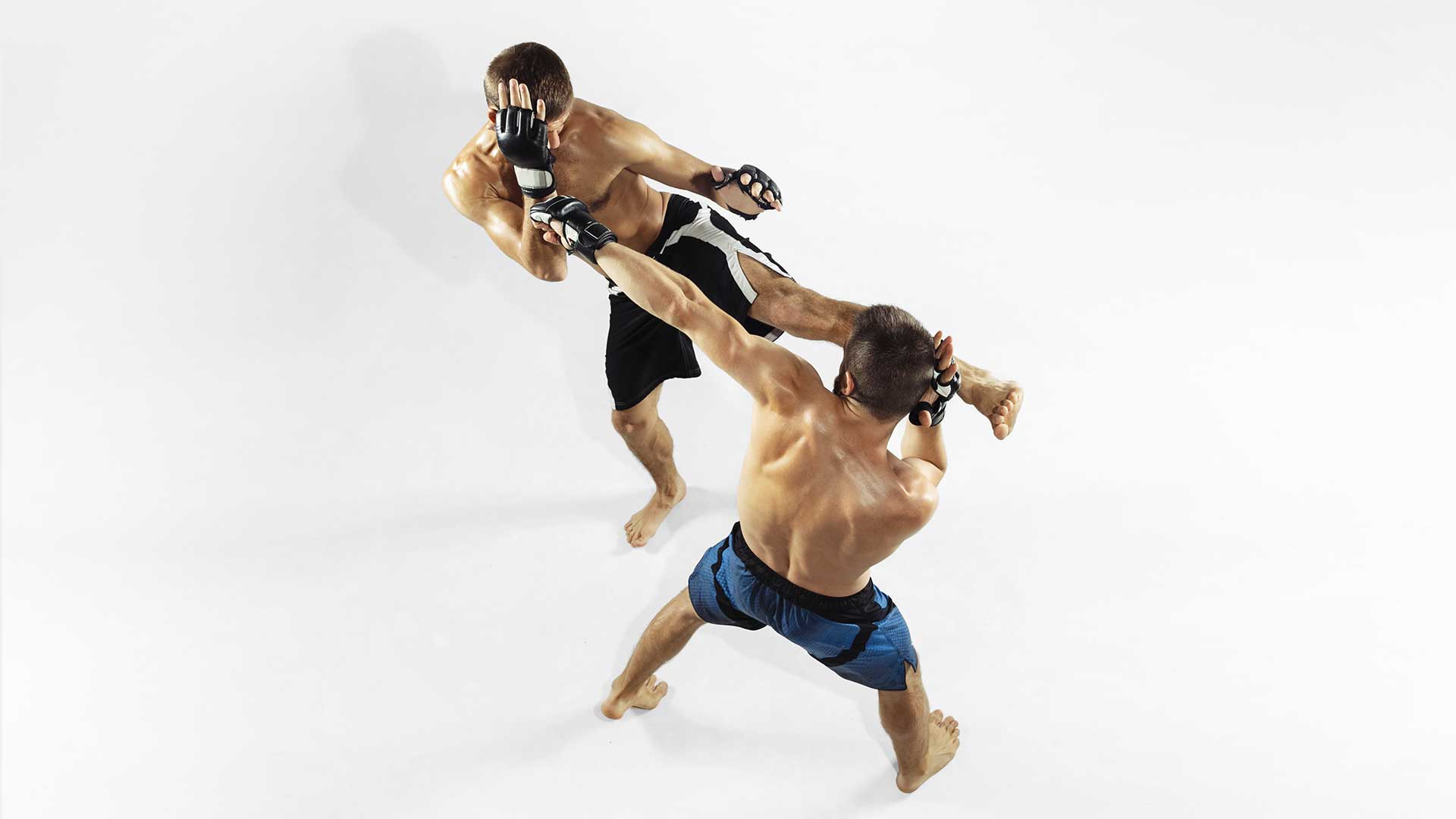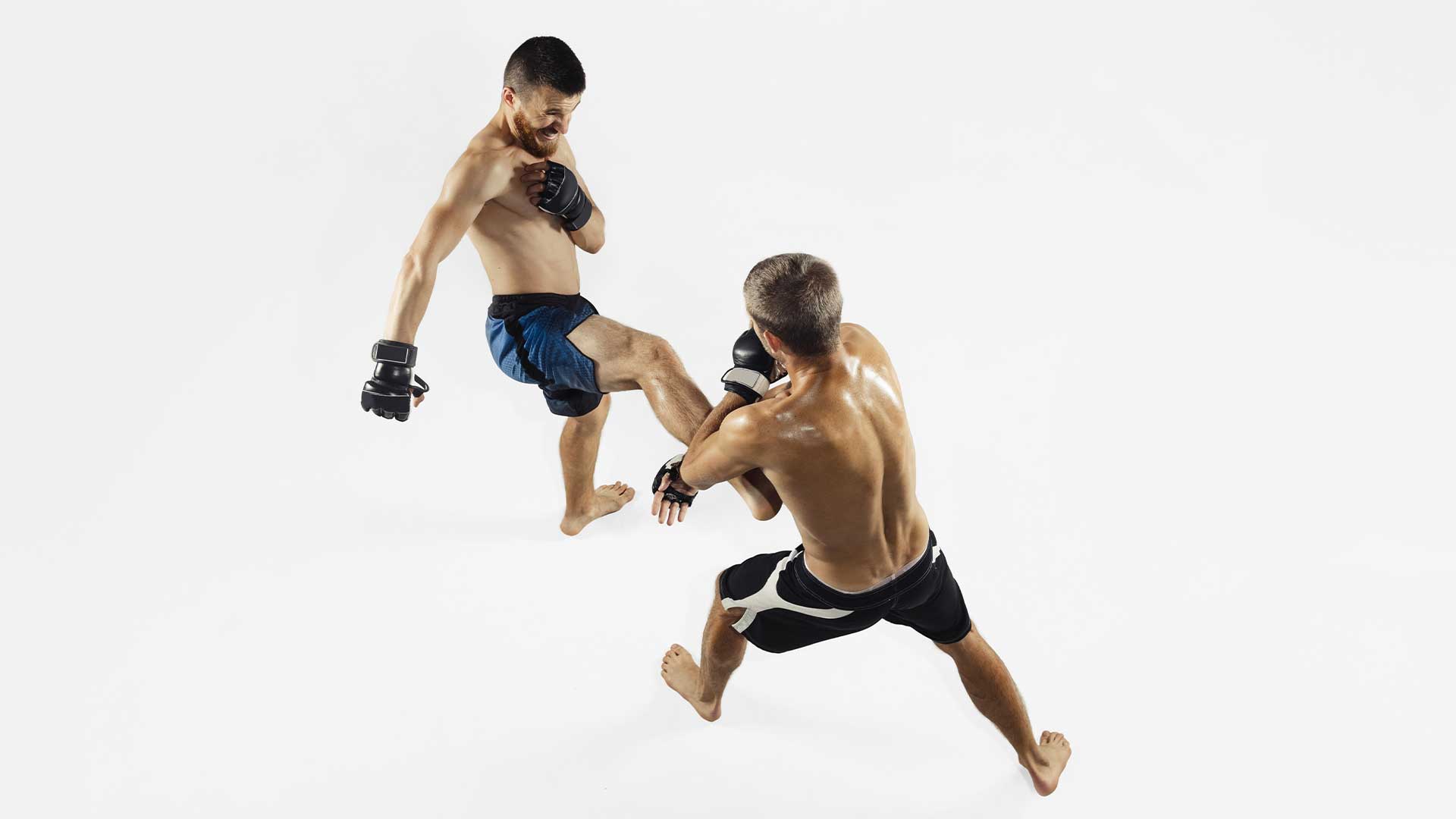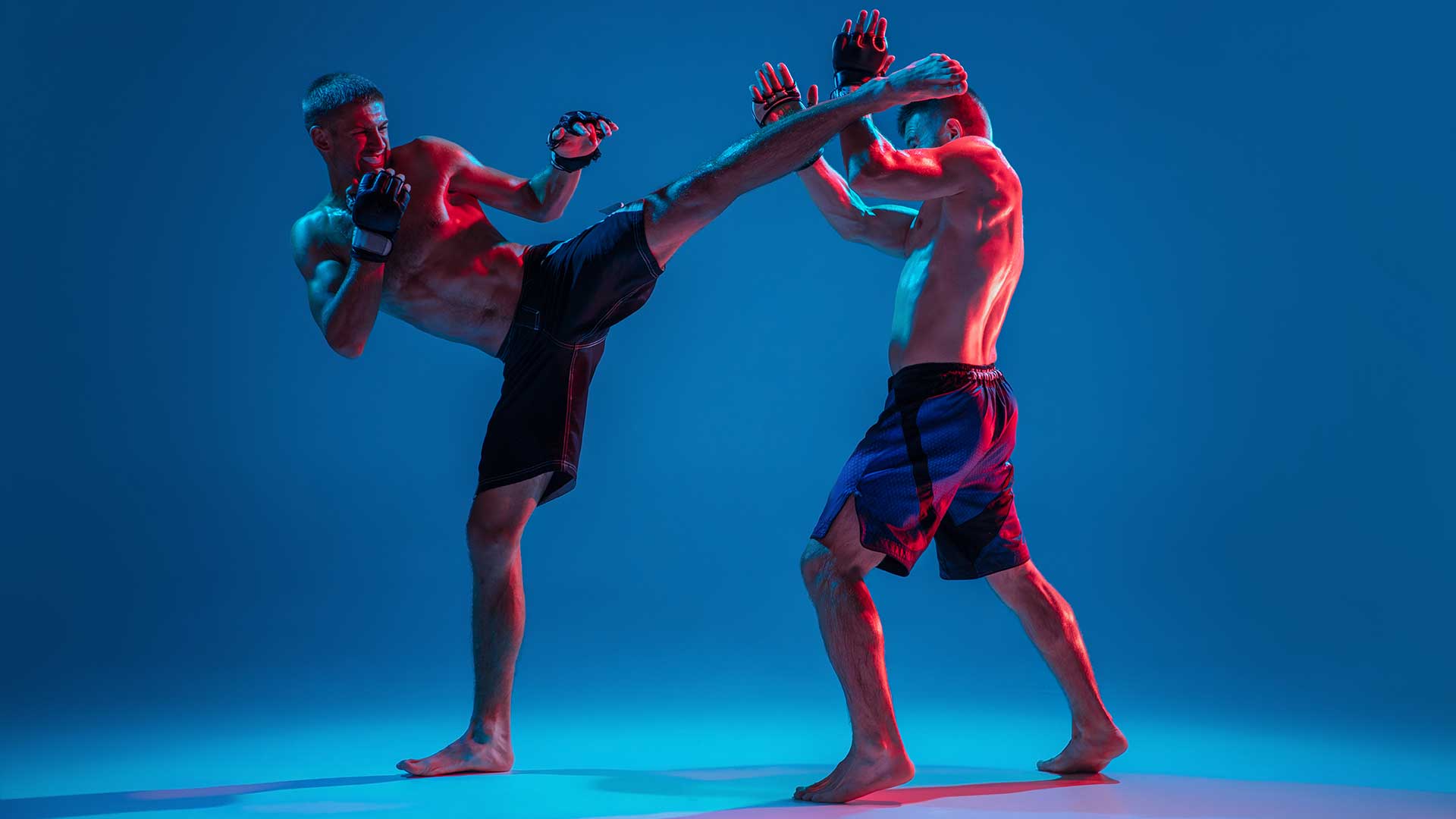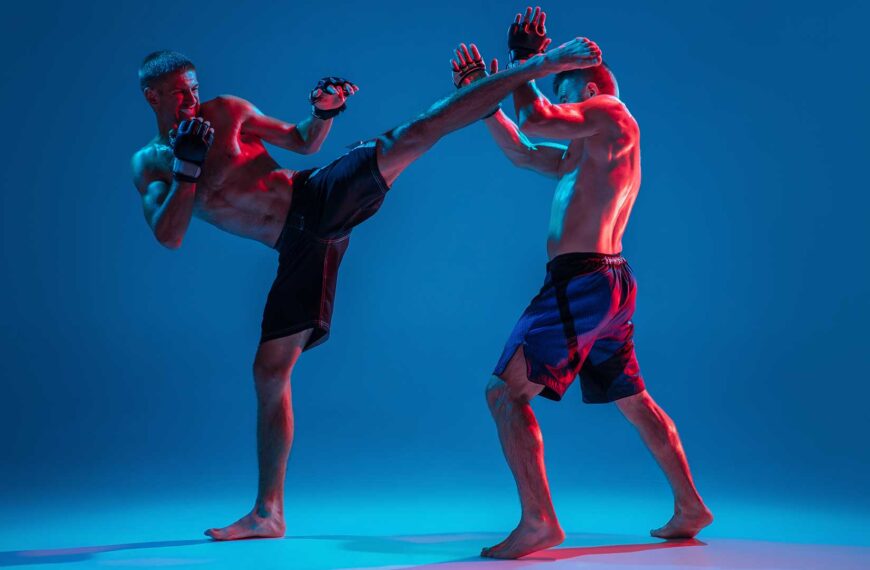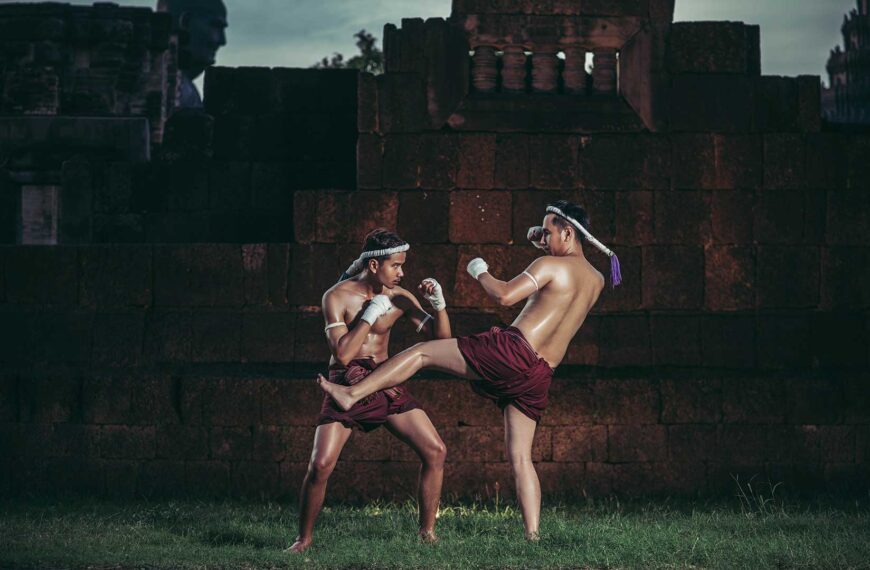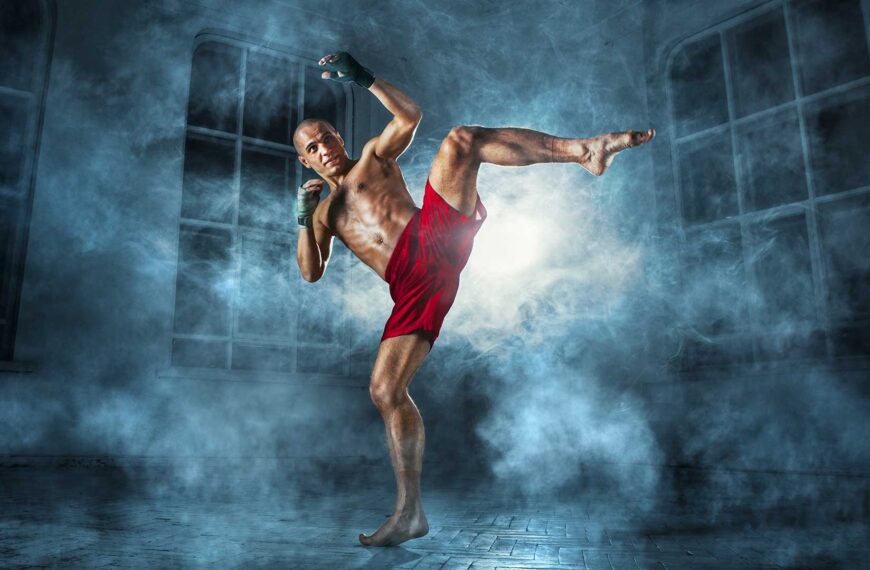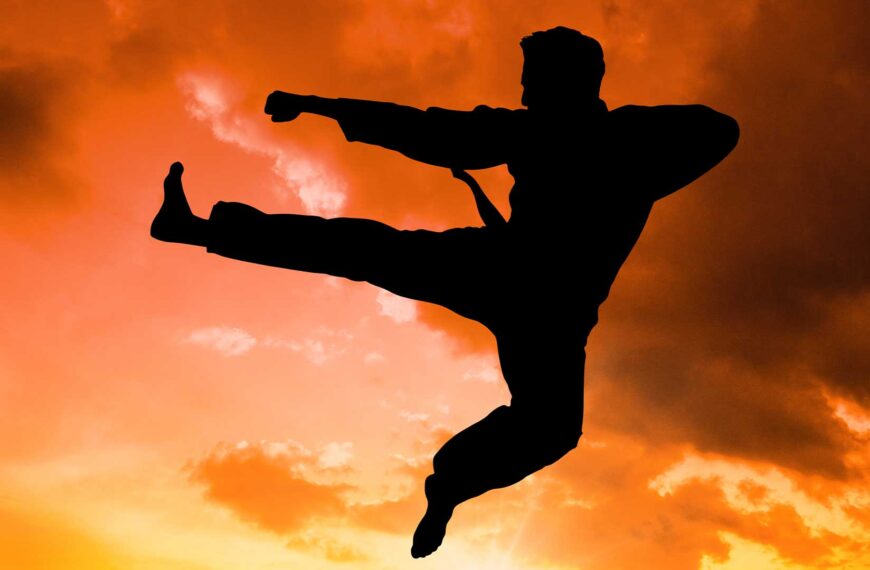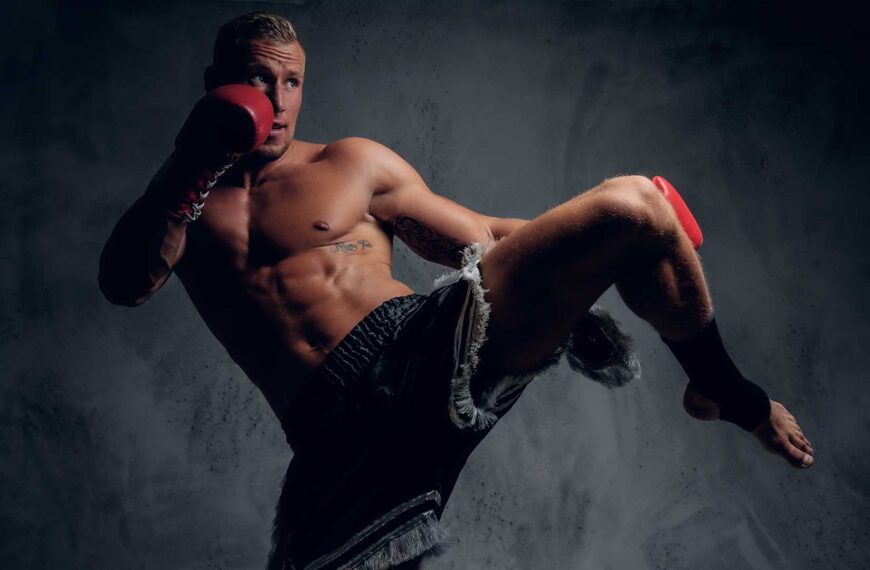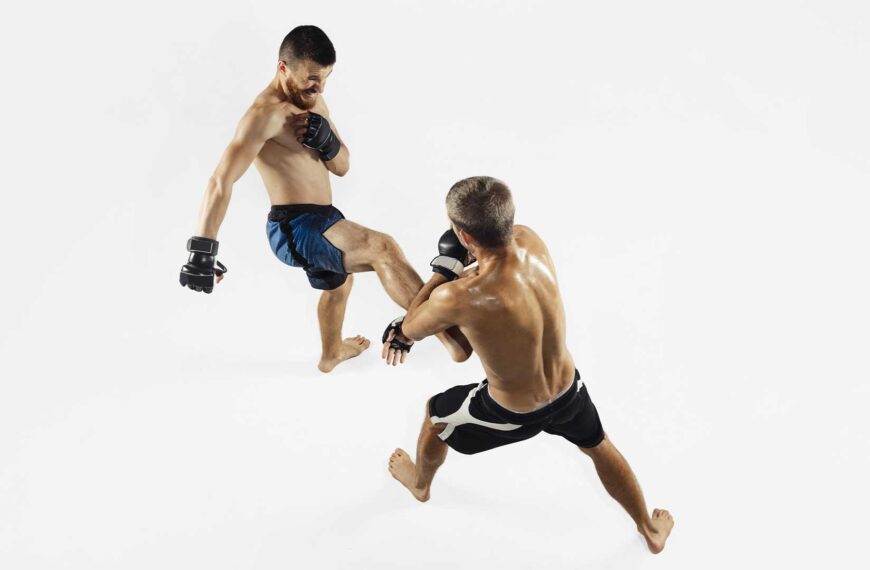What You Will Learn About Muay Thai’s Eight Limbs
- The eight limbs of Muay Thai refer to the weapons used in the sport, including hands, legs, elbows, and knees.
- You will learn about the different techniques and strikes associated with each limb, as well as their significance in combat.
- The article also covers training methods, conditioning, the cultural significance of Muay Thai, notable fighters, and the benefits of practicing the sport.
| Limb | Techniques |
|---|---|
| Fists | Jabs, hooks, uppercuts, crosses |
| Legs | Roundhouse kicks, push kicks, low kicks |
| Elbows | Horizontal, diagonal, spinning elbows |
| Knees | Straight knees, flying knees, diagonal knees |
Hands
The hands play a crucial role in Muay Thai, offering a variety of punching techniques that can inflict significant damage on opponents. Some of the essential punches in Muay Thai include jabs, hooks, uppercuts, and crosses. Proper hand positioning, technique, and defensive strategies are essential to effectively utilize the hands in Muay Thai.
When executing punches, it’s crucial to generate power from the hips and rotate the torso to deliver maximum force. Additionally, footwork and head movement are essential for maintaining balance and avoiding counterattacks. By developing strong and precise punching techniques, practitioners can effectively utilize their hands as lethal weapons in the ring.
Legs
Kicks are one of the most devastating weapons in Muay Thai, and the legs play a vital role in delivering powerful strikes. Roundhouse kicks, push kicks (teep), and low kicks are some of the main kicking techniques in Muay Thai. These kicks can cause significant damage to opponents and are often used to target specific areas, such as the legs, body, or head.
Conditioning and technique are crucial for developing strong and effective kicks. Practitioners must train their legs to withstand the impact of strikes and develop the flexibility required for high kicks. Additionally, proper balance, timing, and accuracy are essential for delivering kicks with precision and power.
Elbows
Elbow strikes are a distinctive feature of Muay Thai, known for their devastating impact in close-quarters combat. There are various types of elbow strikes in Muay Thai, including horizontal, diagonal, and spinning elbows. These techniques can cause severe damage to opponents, often leading to knockouts or cuts.
The versatility of elbow strikes allows practitioners to deliver powerful blows from different angles and positions. Close-range encounters and clinching situations provide ample opportunities to utilize elbow strikes effectively. By mastering the techniques and understanding the appropriate situations to employ them, practitioners can add a formidable weapon to their arsenal.
Knees
Knee strikes in Muay Thai are highly effective in both clinching and close-range attacks. The knees can deliver devastating blows to opponents, causing significant damage to vital areas such as the body or head. Different types of knee strikes, such as straight knees, flying knees, or diagonal knees, offer practitioners a wide range of attacking options.
Knee strikes require proper technique, timing, and control. Practitioners must train their knees to be strong and conditioned to withstand the impact of strikes while ensuring accuracy and precision. When executed correctly, knee strikes can be devastating and can turn the tide of a fight.
Training and Conditioning for the Eight Limbs
Strength and Technique Development
To unlock the full potential of the eight limbs, practitioners must focus on developing both strength and technique. Specific training methods can help improve the power, speed, and precision of strikes. Flexibility, balance, and coordination are also essential aspects to consider when training for Muay Thai.
| Training Method | Description |
|---|---|
| Shadowboxing | Allows practitioners to refine techniques and footwork without a partner. |
| Pad work | Practitioners strike focus mitts or Thai pads held by a trainer to develop accuracy, timing, and power. |
| Heavy bag | Practitioners practice various strikes and combinations with force on a heavy bag. |
| Sparring | Controlled, realistic environment to apply techniques, develop timing, defensive skills, and adaptability to different opponents. |
Conditioning and Fitness
Conditioning is a vital aspect of Muay Thai training as it directly impacts a practitioner’s endurance and ability to sustain powerful strikes throughout a fight. Cardiovascular fitness plays a significant role in Muay Thai, as it allows practitioners to maintain a high level of performance for an extended period.
| Conditioning Method | Description |
|---|---|
| Interval training | Alternating between periods of high-intensity exercise and rest to improve cardiovascular fitness and simulate the intensity of a fight. |
| Running | Running helps build endurance and increases the efficiency of oxygen delivery to the muscles. |
| Skipping rope | Skipping rope is an excellent cardiovascular exercise that improves endurance and coordination. |
| Circuit training | A series of exercises targeting different muscle groups with minimal rest in between to simulate the demands of a fight and improve overall fitness. |
| Resistance training | Utilizing weights or resistance bands to build strength, power, and explosiveness required for striking. |
| Plyometric drills | Explosive exercises that improve speed, power, and agility. |
| Core exercises | Strengthening the core muscles for stability and power in strikes. |
What Makes Muay Thai’s Eight Limbs Unique?
Muay Thai, also known as the “art of eight limbs,” is a combat sport that sets itself apart from other martial arts by incorporating the use of eight weapons: fists, legs, elbows, and knees. These eight limbs are the foundation of Muay Thai, and mastering them is crucial for any practitioner looking to excel in the sport. In this comprehensive training manual, we will explore the significance of each limb, the training and conditioning required to develop them, and the cultural and practical aspects of Muay Thai.
The Eight Limbs of Muay Thai
Definition and Overview
The term “eight limbs” in Muay Thai refers to the eight weapons used in the sport. These weapons are the parts of the body that are utilized for striking, including the fists, legs, elbows, and knees. Each limb has its unique techniques and strategies, contributing to the dynamic nature of Muay Thai.
Muay Thai is often hailed as one of the most effective striking martial arts due to the utilization of all eight limbs. Unlike other combat sports that primarily focus on punches and kicks, Muay Thai incorporates the elbows and knees, providing a wide range of attacking options. The integration of these eight limbs creates a well-rounded combat sport that emphasizes versatility and adaptability.
Hands
The hands play a crucial role in Muay Thai, offering a variety of punching techniques that can inflict significant damage on opponents. Some of the essential punches in Muay Thai include jabs, hooks, uppercuts, and crosses. Proper hand positioning, technique, and defensive strategies are essential to effectively utilize the hands in Muay Thai.
When executing punches, it’s crucial to generate power from the hips and rotate the torso to deliver maximum force. Additionally, footwork and head movement are essential for maintaining balance and avoiding counterattacks. By developing strong and precise punching techniques, practitioners can effectively utilize their hands as lethal weapons in the ring.
Legs
Kicks are one of the most devastating weapons in Muay Thai, and the legs play a vital role in delivering powerful strikes. Roundhouse kicks, push kicks (teep), and low kicks are some of the main kicking techniques in Muay Thai. These kicks can cause significant damage to opponents and are often used to target specific areas, such as the legs, body, or head.
Conditioning and technique are crucial for developing strong and effective kicks. Practitioners must train their legs to withstand the impact of strikes and develop the flexibility required for high kicks. Additionally, proper balance, timing, and accuracy are essential for delivering kicks with precision and power.
Elbows
Elbow strikes are a distinctive feature of Muay Thai, known for their devastating impact in close-quarters combat. There are various types of elbow strikes in Muay Thai, including horizontal, diagonal, and spinning elbows. These techniques can cause severe damage to opponents, often leading to knockouts or cuts.
The versatility of elbow strikes allows practitioners to deliver powerful blows from different angles and positions. Close-range encounters and clinching situations provide ample opportunities to utilize elbow strikes effectively. By mastering the techniques and understanding the appropriate situations to employ them, practitioners can add a formidable weapon to their arsenal.
Knees
Knee strikes in Muay Thai are highly effective in both clinching and close-range attacks. The knees can deliver devastating blows to opponents, causing significant damage to vital areas such as the body or head. Different types of knee strikes, such as straight knees, flying knees, or diagonal knees, offer practitioners a wide range of attacking options.
Knee strikes require proper technique, timing, and control. Practitioners must train their knees to be strong and conditioned to withstand the impact of strikes while ensuring accuracy and precision. When executed correctly, knee strikes can be devastating and can turn the tide of a fight.
Training and Conditioning for the Eight Limbs
Strength and Technique Development
To unlock the full potential of the eight limbs, practitioners must focus on developing both strength and technique. Specific training methods can help improve the power, speed, and precision of strikes. Flexibility, balance, and coordination are also essential aspects to consider when training for Muay Thai.
Shadowboxing is a valuable training tool that allows practitioners to refine their techniques and footwork without a partner. Pad work, where practitioners strike focus mitts or Thai pads held by a trainer, helps develop accuracy, timing, and power. Heavy bag training is another essential component of Muay Thai training, allowing practitioners to practice various strikes and combinations with force.
Sparring sessions provide an opportunity for practitioners to apply their techniques in a controlled, realistic environment. It helps develop timing, defensive skills, and the ability to adapt to different opponents. By consistently practicing these training methods, practitioners can enhance their strength and technique, ultimately improving their performance in the ring.
Conditioning and Fitness
Conditioning is a vital aspect of Muay Thai training as it directly impacts a practitioner’s endurance and ability to sustain powerful strikes throughout a fight. Cardiovascular fitness plays a significant role in Muay Thai, as it allows practitioners to maintain a high level of performance for an extended period.
Interval training, running, and skipping rope are commonly used to improve cardiovascular fitness in Muay Thai. These exercises help build endurance and increase the efficiency of oxygen delivery to the muscles. High-intensity training, such as circuit training or HIIT (High-Intensity Interval Training), can also be incorporated to simulate the intensity of a fight.
In addition to cardiovascular fitness, strength and conditioning exercises are essential for developing the power and explosiveness required for striking. Resistance training, bodyweight exercises, and plyometric drills can help build strength, speed, and agility. Core exercises are particularly important, as a strong core provides stability and power for strikes.
The Cultural Significance of Muay Thai
Rituals and Traditions
Muay Thai is deeply rooted in Thai culture and is celebrated for its rich history and traditions. Before a fight, practitioners perform a ritual called the Wai Kru, a dance that pays respect to their trainers, ancestors, and the art of Muay Thai. This pre-fight ceremony holds great cultural significance and is a way for practitioners to mentally prepare and show gratitude.
Throughout Thailand, Muay Thai holds a revered status and is recognized as the national sport. The sport’s popularity has transcended its combat origins, and it is now widely practiced as a means of physical fitness, self-defense, and personal development. The cultural importance placed on Muay Thai reflects the deep-rooted values of discipline, respect, and honor.
Distinctive Features
Muay Thai is distinct from other martial arts in several ways. Unlike disciplines that have a formal belt system, Muay Thai does not categorize practitioners based on rank. Instead, a practitioner’s skill level is typically determined by their practical experience and performance in the ring.
Another distinctive feature of Muay Thai is the absence of unnecessary movements. The techniques employed in Muay Thai are efficient and practical, emphasizing direct strikes and minimal wasted energy. This streamlined approach contributes to the art’s effectiveness in combat situations.
Masters of the Eight Limbs
Prominent Muay Thai Fighters
Throughout the history of Muay Thai, there have been numerous legendary fighters who have mastered the art of the eight limbs. One example is Samart Payakaroon, considered by many as one of the greatest Muay Thai fighters of all time. Known for his exceptional technique and strategic prowess, Samart dominated multiple weight divisions and achieved success both in Muay Thai and professional boxing.
Another renowned fighter is Buakaw Banchamek, who gained international recognition for his explosive fighting style and powerful kicks. Buakaw’s dynamic techniques and dominant performances have earned him a place among the most influential figures in modern Muay Thai.
Notable Fights and Techniques
Several memorable fights have showcased the artistry and effectiveness of the eight limbs in Muay Thai. One such fight is the legendary showdown between Dieselnoi Chor Thanasukarn and Samart Payakaroon. Dieselnoi’s relentless knee strikes and Samart’s technical brilliance created an intense and captivating battle.
Techniques like the “superman punch” and the “teep” (push kick) have become iconic in Muay Thai. The superman punch, popularized by fighters like Saenchai and Buakaw, involves a sudden leap forward with a punch, catching opponents off guard. The teep is a thrusting motion with the foot, used to create distance, disrupt an opponent’s balance, or set up other strikes.
Case Study: From Novice to Champion – John’s Journey with Muay Thai
John, a 28-year-old office worker, always had an interest in martial arts but never found the right fit until he discovered Muay Thai. Intrigued by the art of the eight limbs, John decided to give it a try and signed up for his first class at a local Muay Thai gym.
John’s First Steps
In the beginning, John struggled with the techniques and conditioning required for Muay Thai. He found it challenging to coordinate his movements and lacked the necessary strength and flexibility. However, he was determined to improve and kept attending classes regularly.
Building Strength and Technique
John’s dedication to his training paid off as he started to notice significant improvements in his strength, technique, and overall fitness. With the guidance of his experienced instructors, he focused on developing his punches, kicks, elbows, and knees. Through countless hours of shadowboxing, pad work, and heavy bag training, John honed his skills and gradually grew more confident in executing each technique.
Stepping into the Ring
After several months of training, John felt ready to put his skills to the test in a real Muay Thai fight. With his hard work and discipline, he won his first amateur bout, and this victory fueled his passion for the sport.
Embracing the Culture and Tradition
As John continued his journey with Muay Thai, he embraced the cultural significance of the sport. He learned about the rituals and traditions, including the Wai Kru, which became an integral part of his pre-fight routine. John gained a deeper appreciation for the artistry and history behind Muay Thai, and he developed a profound respect for the masters who came before him.
Becoming a Champion
Through years of dedication and perseverance, John rose through the ranks and eventually became a professional Muay Thai fighter. He competed in high-profile fights, showcasing his mastery of the eight limbs. John’s strategic use of punches, kicks, elbows, and knees became his trademark, and his success in the ring earned him recognition as a champion.
Transforming Mind, Body, and Spirit
Muay Thai transformed John’s life in more ways than he could have imagined. Not only did he achieve physical fitness and strength, but he also experienced mental and emotional growth. The discipline and focus required in training spilled over into his everyday life, helping him excel in his career and personal relationships.
Inspiring Others
Now, as an experienced Muay Thai practitioner and champion, John shares his knowledge and passion with others. He teaches at the same gym where he started his journey, inspiring new students to unlock the power of the eight limbs.
John’s story exemplifies the transformative potential of Muay Thai. By embracing the art of the eight limbs, individuals like John can develop their physical fitness, mental resilience, and self-defense skills. Whether you aspire to become a champion or simply want to improve your overall well-being, Muay Thai offers a path to growth and self-discovery.
Benefits of Practicing Muay Thai
Physical Fitness
Practicing Muay Thai offers numerous physical benefits. The high-intensity nature of the sport provides an excellent cardiovascular workout, improving endurance and stamina. The constant movement and striking techniques engage various muscle groups, leading to increased strength, power, and overall athletic ability. Muay Thai training also promotes weight loss and body conditioning, helping practitioners achieve their fitness goals.
Mental and Emotional Well-being
*Muay Thai training extends beyond physical fitness and offers significant mental and emotional benefits. The discipline and focus required in training help practitioners develop mental fortitude and concentration skills that can be applied to other aspects of life. Regular practice of Muay Thai can reduce stress, boost self-confidence, and improve overall mental
